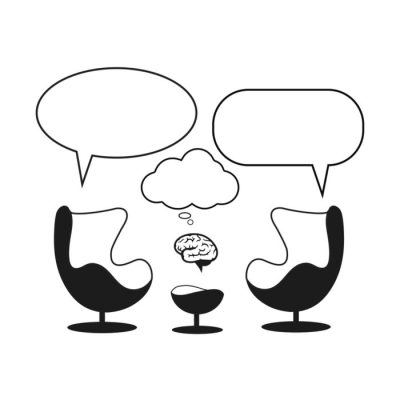The SWEET Model Across Therapeutic Modalities: Integrating Layers for Comprehensive Mental Health Care

The SWEET Model Across Therapeutic Modalities: Integrating Layers for Comprehensive Mental Health Care
Abstract
Mental health clinicians utilize a wide range of therapeutic modalities, from cognitive-behavioral therapy to psychoanalysis and mindfulness-based approaches. The SWEET Model offers a unifying framework that integrates conscious, preconscious, unconscious, and existential layers of transformation, allowing practitioners to adapt and deepen their interventions across modalities. This article explores how the SWEET Model complements and enhances diverse treatment approaches, promoting holistic healing and sustained change.
Keywords
SWEET Model, SWEET Institute, therapeutic modalities, cognitive-behavioral therapy, psychoanalysis, mindfulness, integrative therapy, layered transformation
Introduction
The diversity of therapeutic modalities in mental health reflects the complexity of human experience and the need for tailored approaches (Norcross & Wampold, 2011). However, clinicians often encounter challenges in integrating insights across modalities or addressing patients’ needs at multiple levels of awareness and identity. The SWEET Model offers a layered framework that bridges these gaps, enhancing the effectiveness and depth of therapy regardless of the modality employed.
Theoretical Framework
Grounded in the Four-Layered Transformation framework, the SWEET Model overlays core principles onto existing modalities:
- Conscious Layer: Focus on skills, techniques, and conscious change (e.g., CBT’s cognitive restructuring).
- Preconscious Layer: Identification of habitual patterns and relational dynamics (common in psychodynamic and relational therapies).
- Unconscious Layer: Exploration of hidden fears, defenses, and projections (psychoanalytic focus).
- Existential Layer: Engagement with meaning, purpose, and identity (existential-humanistic therapies).
This structure complements modality-specific approaches by highlighting opportunities for deeper integration and holistic healing (Norcross & Lambert, 2019).
Application and Analysis
Clinicians employing the SWEET Model tailor interventions to address all relevant layers:
- A CBT therapist may incorporate existential questions about values to enhance motivation (Hayes et al., 2012).
- A psychodynamic therapist might use the SWEET Formula to translate unconscious material into conscious insight and actionable change.
- Mindfulness-based approaches align well with the existential and preconscious layers, fostering awareness and acceptance.
This cross-modal integration supports the “common factors” model of psychotherapy, emphasizing elements like therapeutic alliance, empathy, and client expectations as key to outcomes (Wampold, 2015).
Implications
The SWEET Model’s integrative capacity suggests:
- Improved clinician flexibility and responsiveness to client needs.
- Enhanced collaboration between disciplines and modalities.
- More comprehensive treatment plans addressing multiple layers of experience.
- A pathway toward integrative mental health care that honors the whole person.
Conclusion
The SWEET Model bridges theoretical and practical divides between therapeutic modalities, fostering a comprehensive, layered approach to mental health care. By addressing conscious through existential layers, clinicians can support deeper healing, growth, and lasting transformation.
References
- Hayes, S. C., Strosahl, K. D., & Wilson, K. G. (2012). Acceptance and commitment therapy: The process and practice of mindful change (2nd ed.). Guilford Press.
- Norcross, J. C., & Lambert, M. J. (2019). Psychotherapy relationships that work III. Psychotherapy, 56(4), 432–441.
- Norcross, J. C., & Wampold, B. E. (2011). Evidence-based therapy relationships: Research conclusions and clinical practices. Psychotherapy, 48(1), 98–102.
- Wampold, B. E. (2015). How important are the common factors in psychotherapy? An update. World Psychiatry, 14(3), 270–277.
Download the scholarly version of this article by clicking HERE






